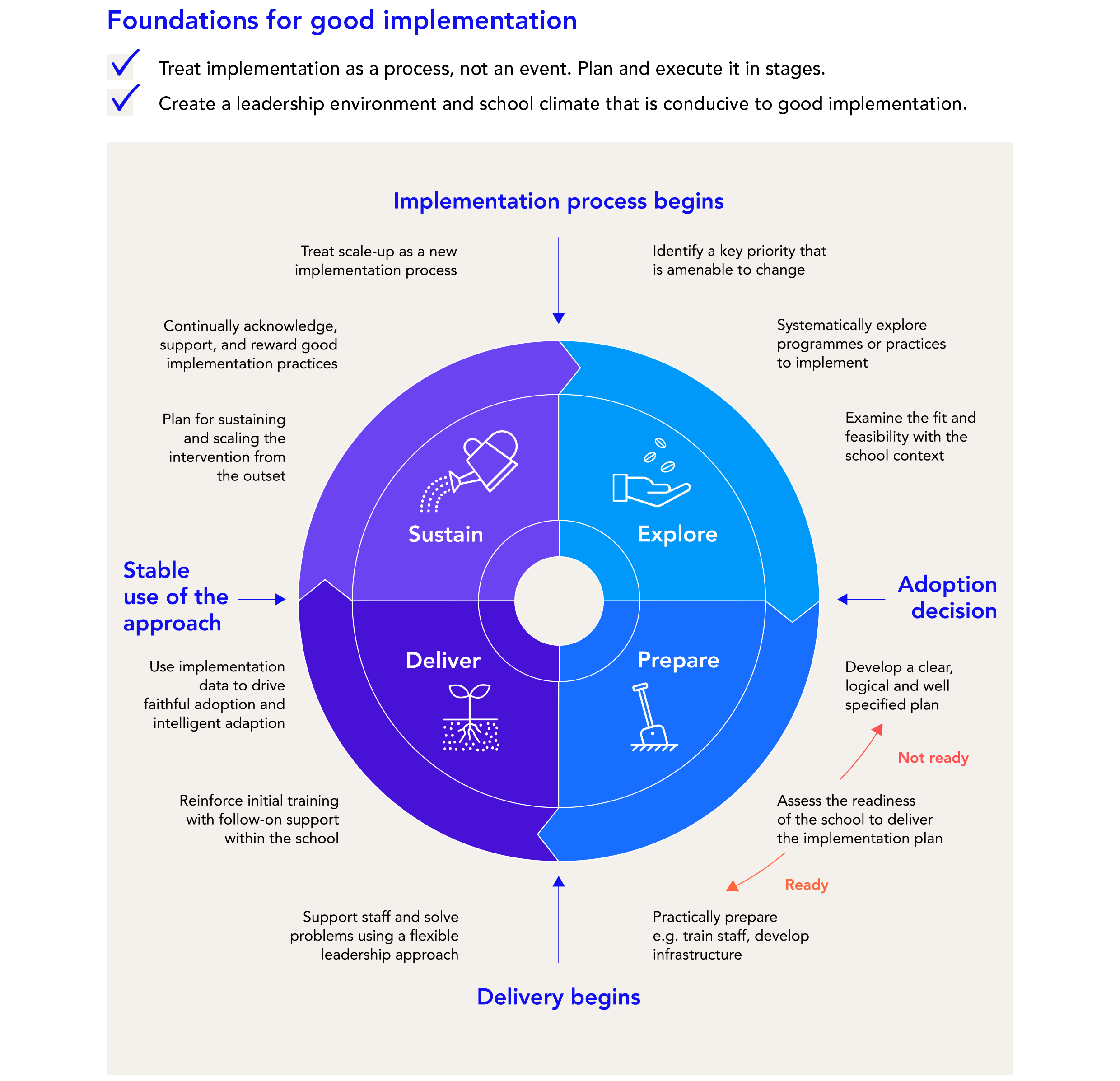It’s like you bought a CD and the store told you that you had to listen to it 1,000 times, or they will give your money to Nickelback.
Month: May 2019
A Pre-Mortem is a strategic planning activity that imagines a project has failed. This type of thinking helps to identify and mitigate risks early on in the planning phase.
Exploring the worst-case scenario is traced to great Stoic philosophers, like Seneca, who called it the premeditation of evils, “premeditatio malorum”.
Adding the Pre-Mortem technique to your planning toolkit will help you to project your thoughts ahead, to comprehensively assess the challenges to a project and adapt your plans.
Presentation 1: Apple Classroom
Apple Classroom is a free app that integrates with Apple School Manager. It provides the ability to send resources, lock devices, decide what is on the screen and analyse what people have been doing. There are a lot of similarities to what Hapara provides on desktop/laptop via Chrome.
This feels like it reinstates the ‘front’ of the classroom. We are keeping people ‘in class’ longer. Interestingly, kids do not need the app. It is designed for managing the classroom, rather than managing the learning.
Presentation 2: App Smashing
The presenters shared ideas from Apple’s Everyone Can Create ebook. Discussing the use of the Apple Pencil, MarkUp, Clips, Measurement and Pages reminds me of the importance of having clear processes for collecting. It is about being clear about the right space at the right time. It also felt as it everyone is creating a copy of what everyone else is doing. For example, Apple have built in many of the features that made Book Creator so good into itsPages app.
Minecraft
The focus was on the benefits and negatives associated with Minecraft. Although free play is available, it is useful to have some sort of structure, otherwise things can collapse into walking around killing zombies. Another note, when creating a new world, you need to choose the right mode: creative and peaceful.
learning, technology, education, steve, wheeler, social media, internet, mobile, school, teachers
[%postDescription%]
Despite the best intentions of the feedback provider, their high skill levels and even high quality – unless the receiver is ready to receive, it does not matter. Mitigate this by using some of these practical strategies and considering how we might increase the capacity, readiness and disposition of receiving feedback.
Work in schools long enough and we all get to know the bitter experience of a good idea poorly executed. So, what makes the difference between good implementati
- Taking a long-term approach: Treat implementation as a process, not an event; plan and execute it in stages.
- Giving it the best chance to succeed: Create a leadership environment and school climate that is conducive to good implementation.
- Starting with your own context: Define the problem you want to solve and identify appropriate programs or practices to implement.
- Ensuring a smooth implementation: Create a clear implementation plan, judge the readiness of the school to deliver that plan, then prepare staff and resources.
- Ensuring a smooth implementation: Create a clear implementation plan, judge the readiness of the school to deliver that plan, then prepare staff and resources.
- Looking to the future: Plan for sustaining and scaling an intervention from the outset and continuously acknowledge and nurture its use.
This example of science is interesting to consider alongside my discussion of .
Children need to play and discover the world for themselves without too much restriction. Here are some ways we can enhance children’s opportunities to do this.
Do people sign up for the newsletter for me, or for the things I bring them? Because I think it’s the latter, and I think it ties into thinking over the previous 10/15 years about Attention Economy and Agalmic Economy.
Those who follow my work know that I have a a habit, some consider it a bad habit, of juggling too many projects at once. This is especially true when it comes to writing projects. Of course, all o…
Dark forests like newsletters and podcasts are growing areas of activity. As are other dark forests, like Slack channels, private Instagrams, invite-only message boards, text groups, Snapchat, WeChat, and on and on. This is where Facebook is pivoting with Groups (and trying to redefine what the word “privacy” means in the process).
I wonder if we should spend some time explaining to pupils why we choose the tools we use, the affordances of said tools and the drawbacks. In the case of “free” tools why companies give them away. I don’t believe we think about these reasons in enough depth.
I think my question/concern about ‘gaming’ is the use of time? With my limited downtime, I choose to use it for different things.
Also, enjoyed the short discussion about digital parenting at the end. It definitely feels like a conflicted space.



